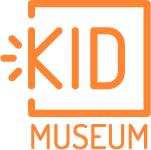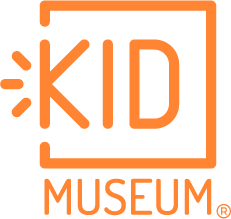Let’s make the most of staying at home.
Welcome to Make it!
We’re proud to present our newest skill-building classes, launching this week on Make it! Live. These small-group, live interactive classes are designed to get your mind thinking and your hands making. We also have a fresh crop of creative, single-session workshops that are a much-needed antidote to virtual fatigue.
If you want to take matters into your own hands, this week’s Make it! DIY helps you turn your home into a chemistry lab. Make lava lamps, crystals, lemon volcanoes, and your own weather station. Pretty cool, right?
Don’t forget to post your creations (#makeit) and tag us so we can share them with all of our KID Museum friends.
Ready. Set. Make it!
P.S. Don’t forget to sign up for our newsletter to get Make it! delivered to your inbox every week.





